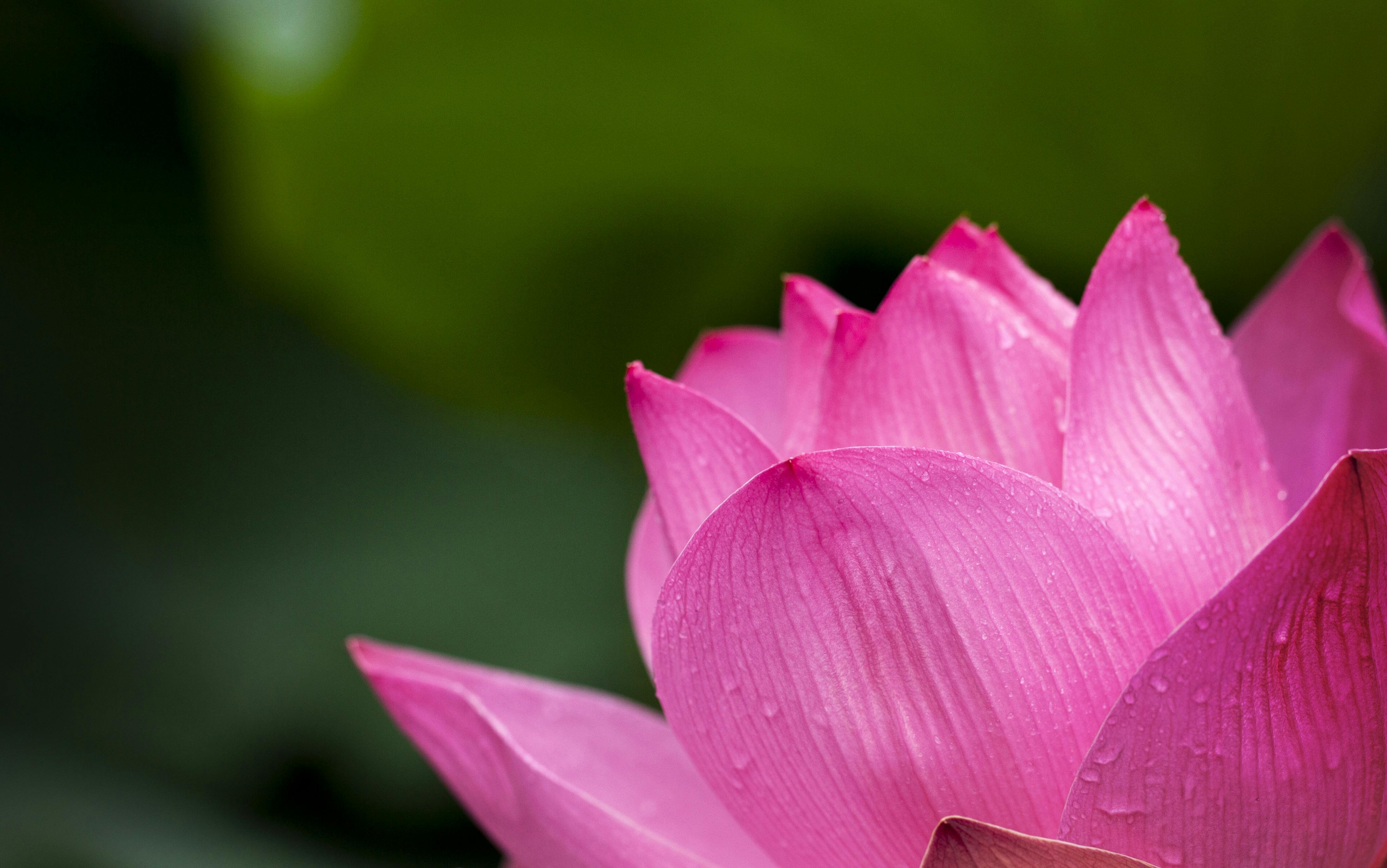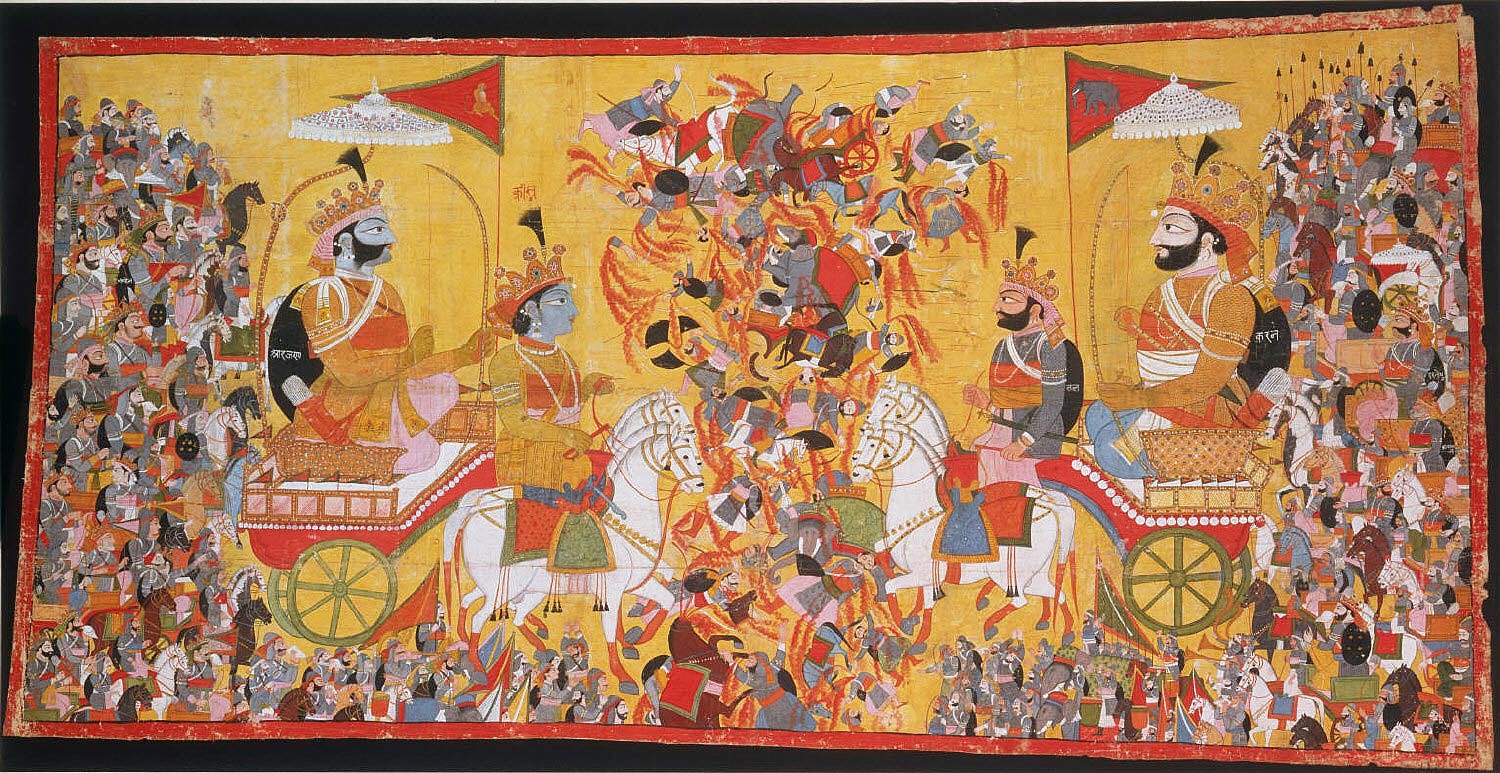Ladoo (Wikipedia Commons)
You're probably wondering why I used a picture of food for this Amar Chitra Katha. Well, I will explain. There is a movie called Mayabazar which actually follows the tale of Abhimanyu and Vatsala's wedding. In this movie, Ghatotkacha pretends to be Vatsala after he takes her away to Abhimanyu. There is a scene in the movie when Ghatotkacha sees a room full of food for the wedding and decides to go inside and eat the food. However, he is too lazy to eat the food with his hands so he uses his magic to literally swallow the food without ever picking it up with his hands. He also makes himself enormous so that he can eat more food at once. The funny part is that there are a couple courtiers watching all of this happen from the window and they are all confused as to what is happening. As soon as Ghatotkacha is done eating, he uses magic to bring food back into all the plates and turns back into Vatsala. One of the most iconic parts of this film is a part in which Ghatotkacha has ladoos (the sweet depicted in the picture above) flying into his mouth. When I would watch this movie growing up, I used to always be scared of Ghatotkacha because of his appearance. However, reading this Amar Chitra Katha and the various stories on the side made me realize that he was one of the good guys all along and wanted Vatsala and Abhimanyu to live happily ever after.





 Pandavas vs. Kauravas (
Pandavas vs. Kauravas (





